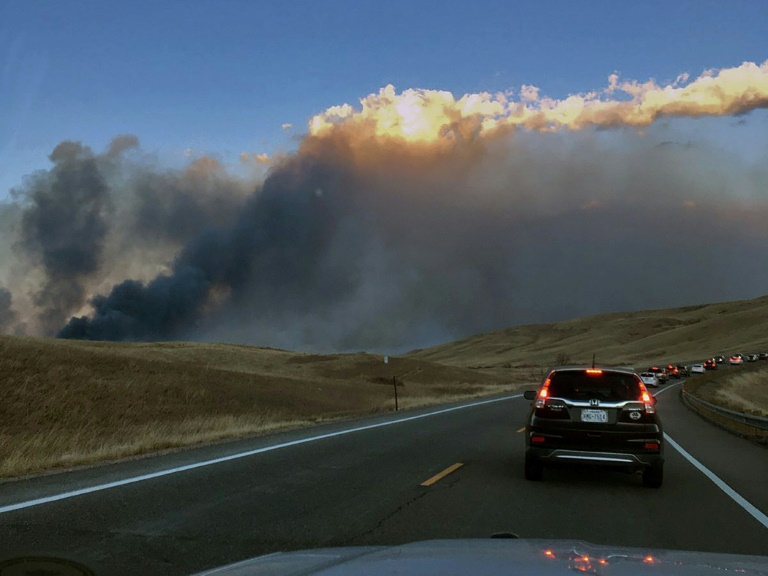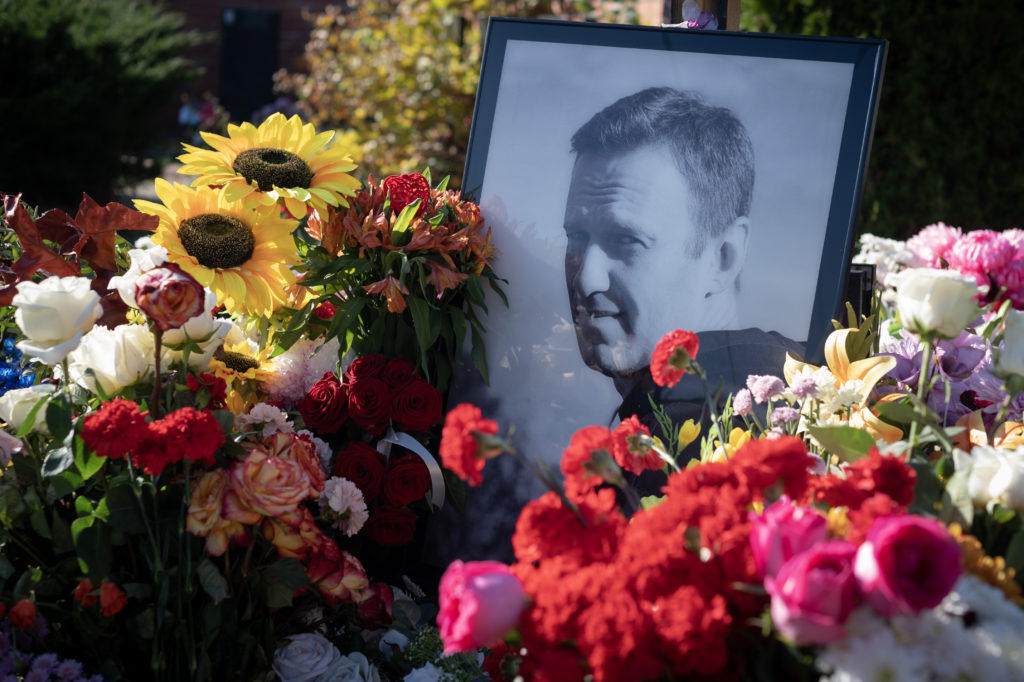Hundreds of homes are feared lost in fast-moving wildfires in the US state of Colorado, officials said Thursday, as flames tear through areas desiccated by a historic drought.
At least 1,600 acres have burned in Boulder County, much of it suburban, with warnings that deaths and injuries were likely as the blaze engulfes hotels and shopping centers.
“We know that approximately 370 homes in the Sagamore subdivision… have been lost. There’s a potential of 210 homes lost in Old Town Superior,” Boulder County Sheriff Joe Pelle told a news conference.
“I’d like to emphasize that due to the magnitude and intensity of this fire and its presence in such a heavily populated area, we would not be surprised if there are injuries or fatalities.”
Thousands of people have been told to flee the fast-moving fire, which is thought to have begun when powerlines were toppled by gusting winds.
The 20,000-strong town of Louisville, along with the 13,000 residents of Superior, have been told to get out, with the National Weather Service describing the situation as “life-threatening.”
Wind gusts of over 100 miles (160 kilometres) an hour have been reported in some places, fanning the flames and complicating firefighting efforts.
“Prayers for thousands of families evacuating from the fires in Superior and Boulder County,” Colorado Governor Jared Polis tweeted.
“Fast winds are spreading flames quickly and all aircraft are grounded.”
Like much of the American West, Colorado is in the grip of a years-long drought that has left the area parched and vulnerable to wildfire.
Although fires are a natural part of the climate cycle, and help to clear dead brush and reduce disease in vegetation, their scale and intensity is increasing.
Scientists say a warming climate, chiefly caused by human activities like the unchecked burning of fossil fuels, is altering weather patterns.
This prolongs droughts in some areas and provokes unseasonally large storms in other places, phenomena that are expected to get worse as worldwide average temperatures continue to climb.
Daniel Swain, a meteorolgist at the University of California, tweeted that it was “hard to believe” these fires were taking hold in December, usually a quieter time for blazes.
“But take a record warm & dry fall, only 1 inch of snow so far this season, & add an extreme (100mph+) downslope windstorm…and extremely fast moving/dangerous fires are the result.”










